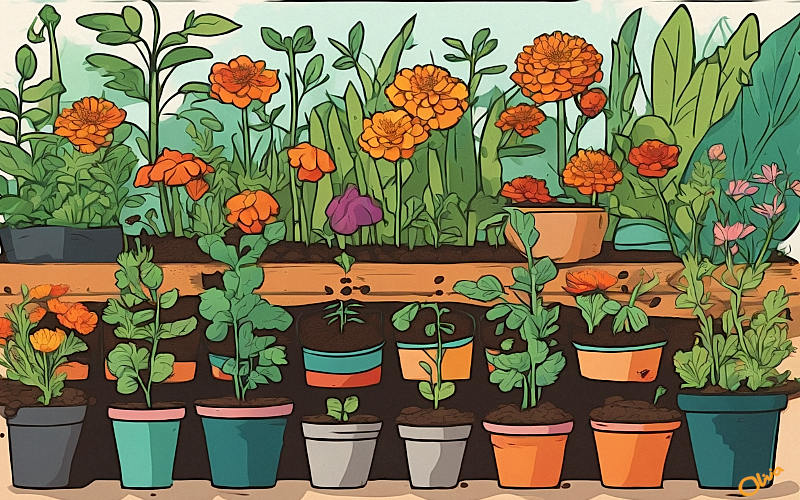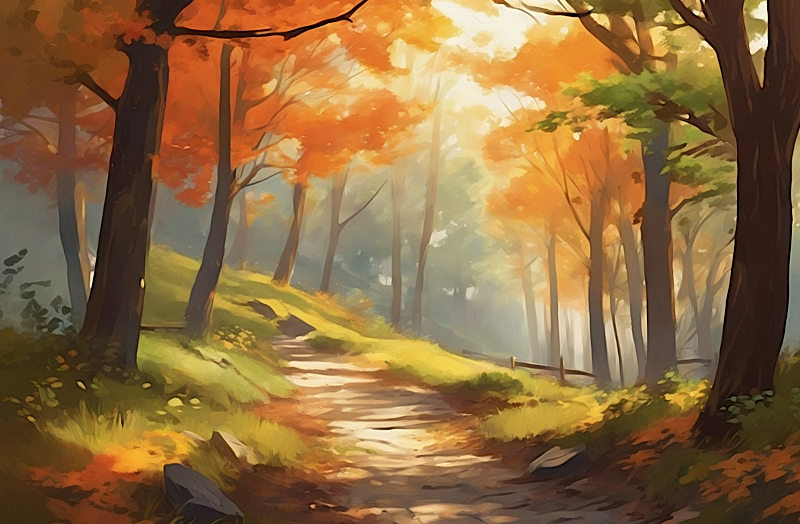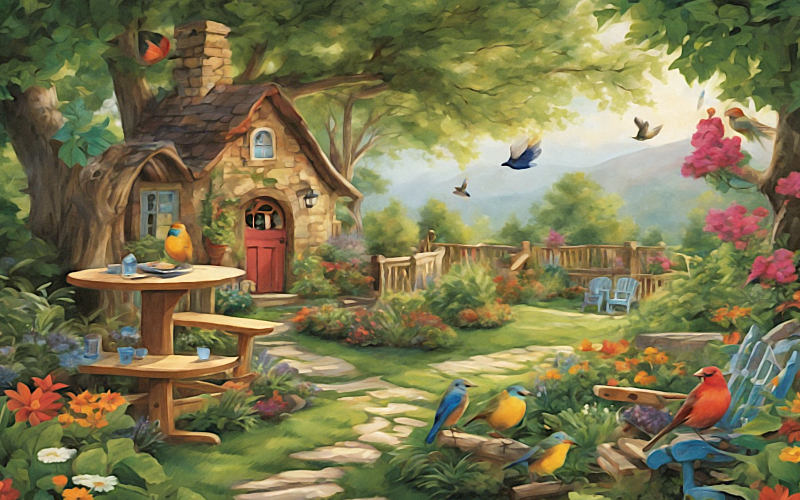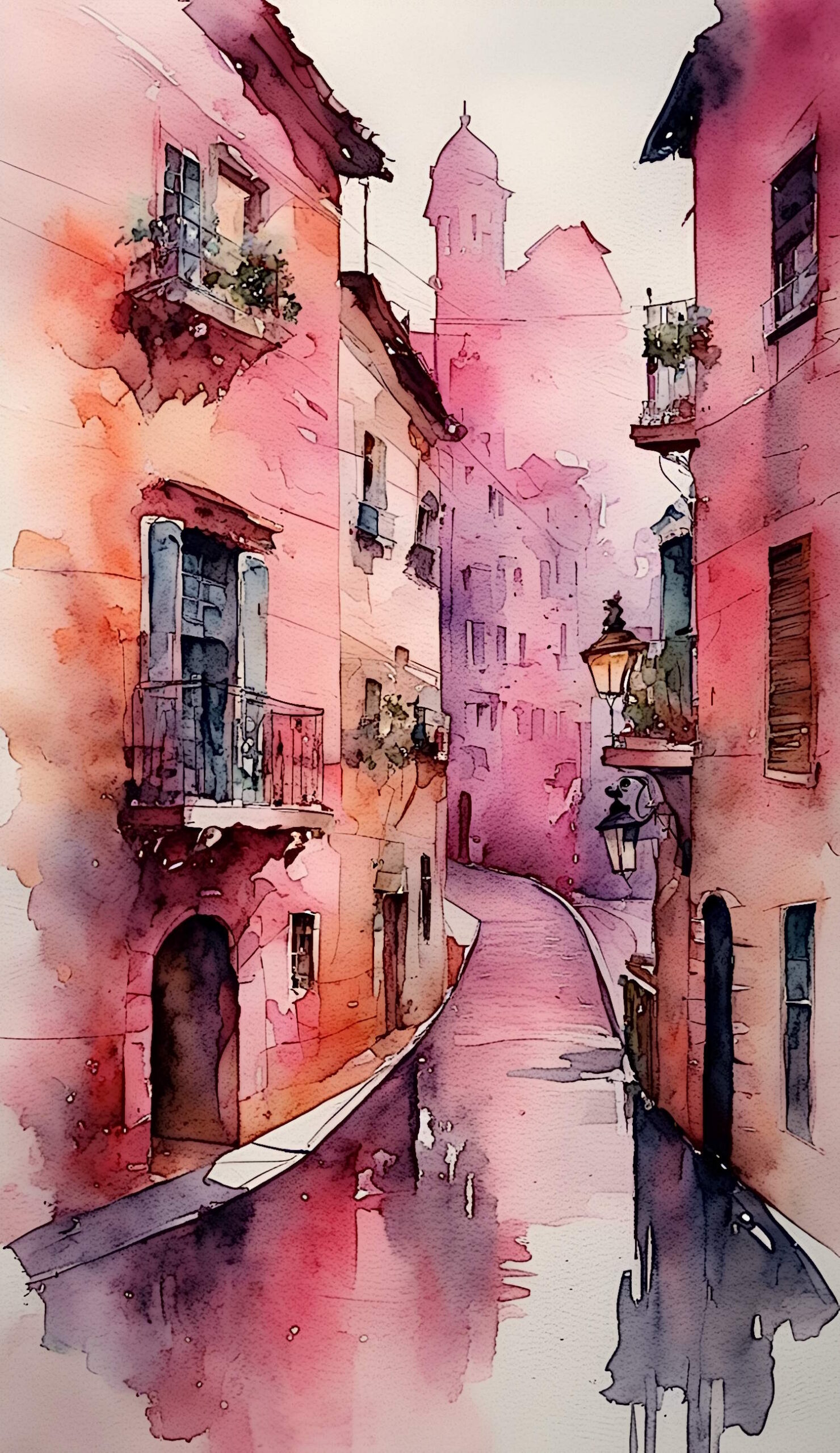-
There’s something really wonderful about seeing a seed turn into a beautiful flower or a juicy tomato. Gardening is often thought of as a hobby for one person, but it can also be a fun activity for the whole family. It asks us to…

-
Imagine a rainy afternoon with the sound of raindrops dancing on your window and a warm blanket around you like a hug. Surely the perfect place for a family trip? Now I’d like to tell you about an amazing event called Storytime Theater that…

-
Have you ever thought about how energizing it might be to breathe in fresh air? It’s exciting to go outside and breathe in the fresh air, feel the soft hug of nature’s beauty all around you, and hear the leaves whispering secrets from the…

-
In today’s democracy, it is important to understand what the word “democracy” really means. Democracy is not just a system of government, but has a deeper meaning. It stands for what we all want: fairness, representation and equality. Today, it is clear that the…

-
The smell of a home-cooked meal that fills the house is very different from other smells. There is more than just food in the kitchen. There are memories, laughs, and love woven together. Picture getting your family together to make something beautiful instead of…

-
Oh, the joy of a Saturday afternoon to do nothing! The sun is coming in through the blinds, and there is a soft hum outside. What if we turned that everyday thing into an amazing journey? Imagine having your family around a kitchen table…

-
A day to celebrate marriage. A special day of the year that marks love, commitment, and partnership. Recently, my parents celebrated their 40th wedding anniversary. This was a very important day for all of us. What is the true meaning of an anniversary? Why…

-
The great outdoors are really lovely. The sound of birds singing, leaves moving, and a soft whisper of the wind makes us want to go outside and start an adventure. This is a great chance for families with young children to make memories that…

-
When I think of the 40th anniversary of my parents’ wedding, I feel very grateful. A tapestry woven of love, trust and companionship has existed for forty years. For them, this significant step is not just a moment that passes; it symbolizes a long-term…

-
Imagine that you are filled with happiness and excitement as the TV screen lights up your living room in a soft way. This isn’t just any movie night; it’s a special movie marathon, a chance to learn more about common events that could help…

Author: Olivia
About
Life’s a painting and you’re the artist. But you are never finished. Each day is made up of a dozen different sketches, alone they will never be more than that, a sketch, yet they make up the context of our lives.
This is my sketch, one done with love.
Olivia
Recent Updates
Site Links

